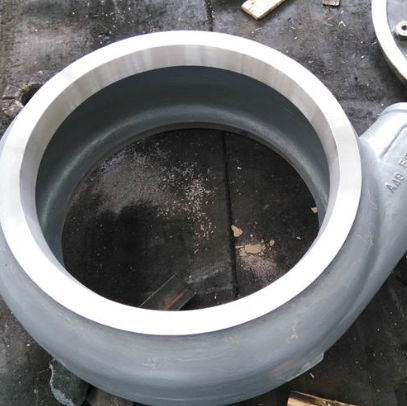Oct. 25, 2018
Sand Casting and die cast possess some similarities, yet they are worlds apart when it comes to their production. Both procedures are methods for generating castings from various kinds of metals. Sand castings can be made from an assortment of metals. Hhowever, the most well-known metals are aluminum, gray iron, ductile iron, steel, and magnesium. Pressure Die Cast mostly contain non-ferrous metals like zinc, copper, aluminum, calcium, lead, tin, etc.. Both methods of projecting use a routine or mould to produce the cavity, then molten metal is utilized to fill the cavity creating the desired area. That's where the similarities between the 2 approaches finish.
From the Steel Sand Casting process a routine , or mould, is required to make the empty cavity inside the sand to produce the form of the desired area. This usually means that the pattern can be created from a number of substances, such as metal, wood, foam plank, as well as plastic. The substance the pattern is created from depends on the number of castings it's required to create. The design then becomes a part of a center box that's essential for ultimate production. A core box which the pattern is put in, full of sand, then packaged to form the shape of this pattern. The sand, that can be chemically bonded to maintain its own shape, is subsequently removed and may be full of molten metal.
Die casting additionally needs a routine , or mould, to create the alloy casting, except those routines need considerably more. The practice of Aluminum Die Casting entails forcing molten metal alloy into a mould under high pressures. Unlike sand casting, the molten metal will be in contact with the mould throughout the die cast procedure. This usually means that the pattern/mold needs to have the ability to resist immense pressures and intense heat . Normally, the mould is made from tempered steel since it could withstand the heat and strain related to die cast.

Copyright © Baoding AoCheng Machinery Co., Ltd. All Rights Reserved